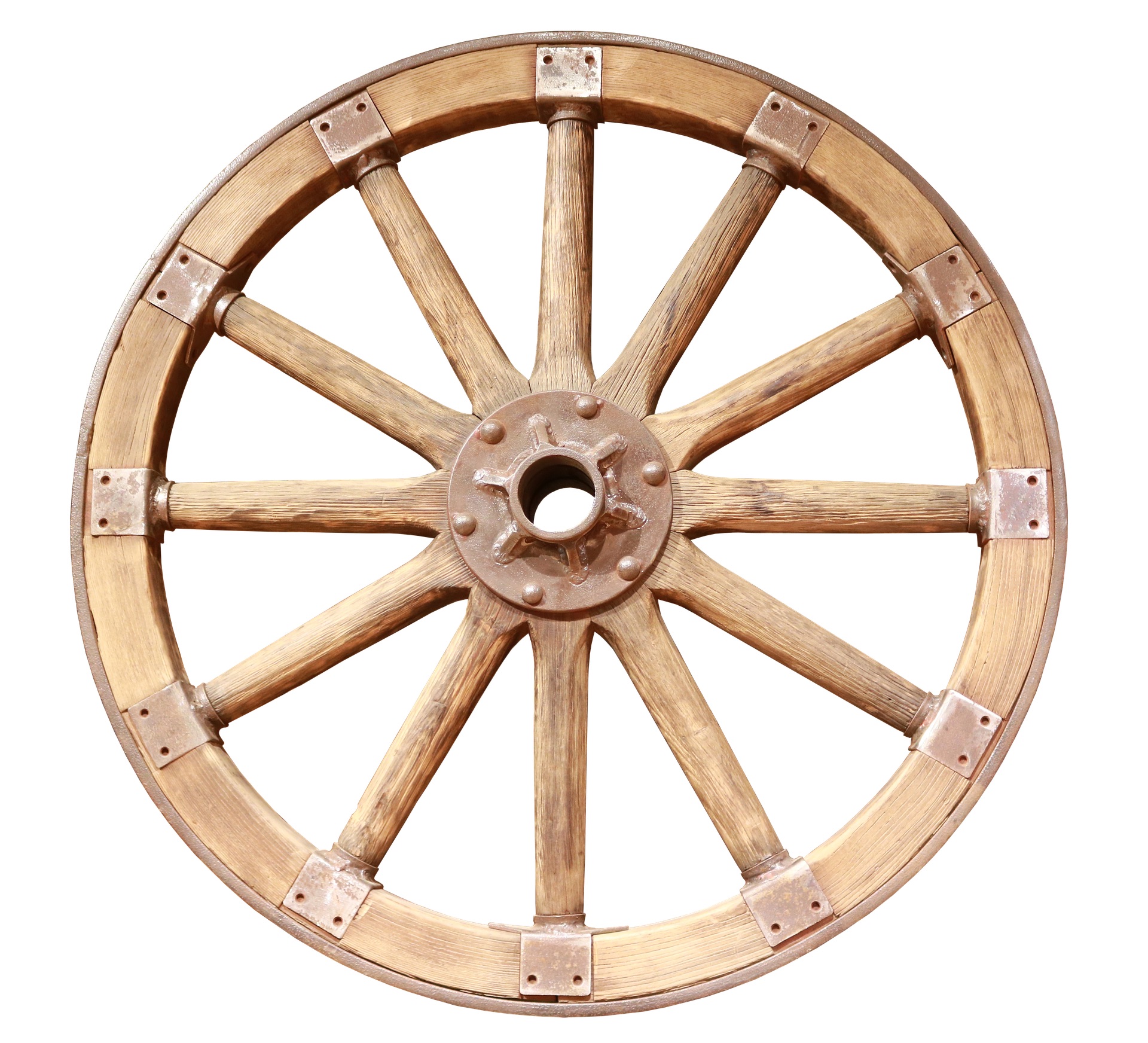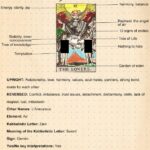The Wheel of Fortune tarot card, an enigmatic emblem of fate and universal cycles, encapsulates the vicissitudes of existence. As one kneels before its intricate design, the wheel becomes an enduring symbol that evokes profound contemplation of destiny, chance, and the cyclical nature of life. When drawn in a reading, this card offers a kaleidoscopic glimpse into one’s fortune, intertwining themes of luck, inevitability, and transformation.
At the heart of the Wheel of Fortune’s allure is the notion of cycle and movement. Conceptually, it represents the continuous flow of experiences—each turn of the wheel signifies a shift in fortune, with the perpetual rhythm of highs and lows. The wheel’s strong circular symbolism resonates powerfully, embodying the eternal return of seasons, ages, and life events. This motif invites introspection, compelling one to acknowledge that life is a series of ever-evolving moments, each stitch in the fabric of reality weaves into a larger tapestry of existence.
Within the tarot framework, the Wheel of Fortune card is situated in the Major Arcana, traditionally numbered as ten. The Major Arcana cards signify significant life events, deep psychological themes, and the profound messages of the universe. The positioning of the Wheel suggests that, much like the cyclic winds of fate, it arises in a reading when one is at a pivotal moment—an inflection point that signifies pivotal transitions and the unfolding of destiny.
Visually, the card is often adorned with rich symbolism, a swirling array of mystical manifestations. Commonly depicted at its center is a vast wheel, often flanked by celestial beings such as angels, sphinxes, or mythological figures. These manifestations embody various elements of knowledge and the mysterious forces at play in the universe. The four elements—earth, air, fire, and water—play a vital role, establishing a connection between physical and spiritual realms. They represent the foundational aspects of nature that contribute to the wheel’s motion, a dynamic interplay between stability and change.
When interpreting the Wheel of Fortune in a tarot reading, one must first consider its position—whether it is upright or reversed. An upright Wheel of Fortune signals a move toward positive changes, new opportunities, and the serendipitous nature of life. It heralds a time where luck favors the bold, leading to newfound possibilities and growth. It invokes the realization that fortune can be fickle; what rises will also fall, urging one to embrace the fluidity of fate with grace.
Conversely, when the wheel appears reversed, it symbolizes stagnation, disruptions, or a sense of being out of sync with the flow of life. This positioning might hint at the cycles that have turned against the querent, bringing forth challenges or unforeseen setbacks. While it reveals the darker undertones of fate, it also serves as a reminder that life, much like the wheel, is subject to continual change. This reversal encourages a palpable awareness of one’s choices and the substantial impact of external factors on the journey ahead.
Beyond the surface interpretations, there lies a deeper philosophical understanding that the Wheel of Fortune evokes. It compels one to contemplate the concept of fate and free will—an eternal dance where human agency intersects with universal forces. The card reminds us that while we may steer the course of our lives, we are also subject to the whims of destiny. It enforces the notion that surrendering to the flow is sometimes necessary, and through acceptance, one may navigate life’s capricious nature with greater ease.
This duality between fate and free will extends to the relationships and experiences that shape our lives. In moments of triumph, the wheel may seem to spin in our favor, but during times of struggle, it can feel as though we are merely passengers, unable to control the journey. The card’s message serves as a reminder that even in hardship, there exists potential for rebirth and transformation, reiterating the importance of resilience and adaptability.
Culturally, the Wheel of Fortune has transcended its tarot origins, finding relevance in modern life through expressions of luck, chance, and probability. It has permeated literature, art, and even media, serving as a metaphor for life’s unpredictability. Whether one sees fortune as a lottery drawing or an opportunity waiting to be seized, the Wheel of Fortune remains timeless in its relevance, resonating with the intrinsic human experience of navigating the unknown.
In conclusion, the Wheel of Fortune tarot card encapsulates a rich tapestry of meaning, drawing upon metaphysical concepts and universal truths. It stands as an invitation to embrace life’s ebb and flow, recognizing that each twist of fate brings with it lessons of growth and interconnectedness. It reminds us that while we are the authors of our own destiny, the universe concurrently guides us on our journey. As we ponder the messages of this card, we are encouraged to trust in the broader cycles of life, knowing that with every ascent, there inevitably follows a descent—but in each cycle lies the potential for profound transformation.







Leave a Comment